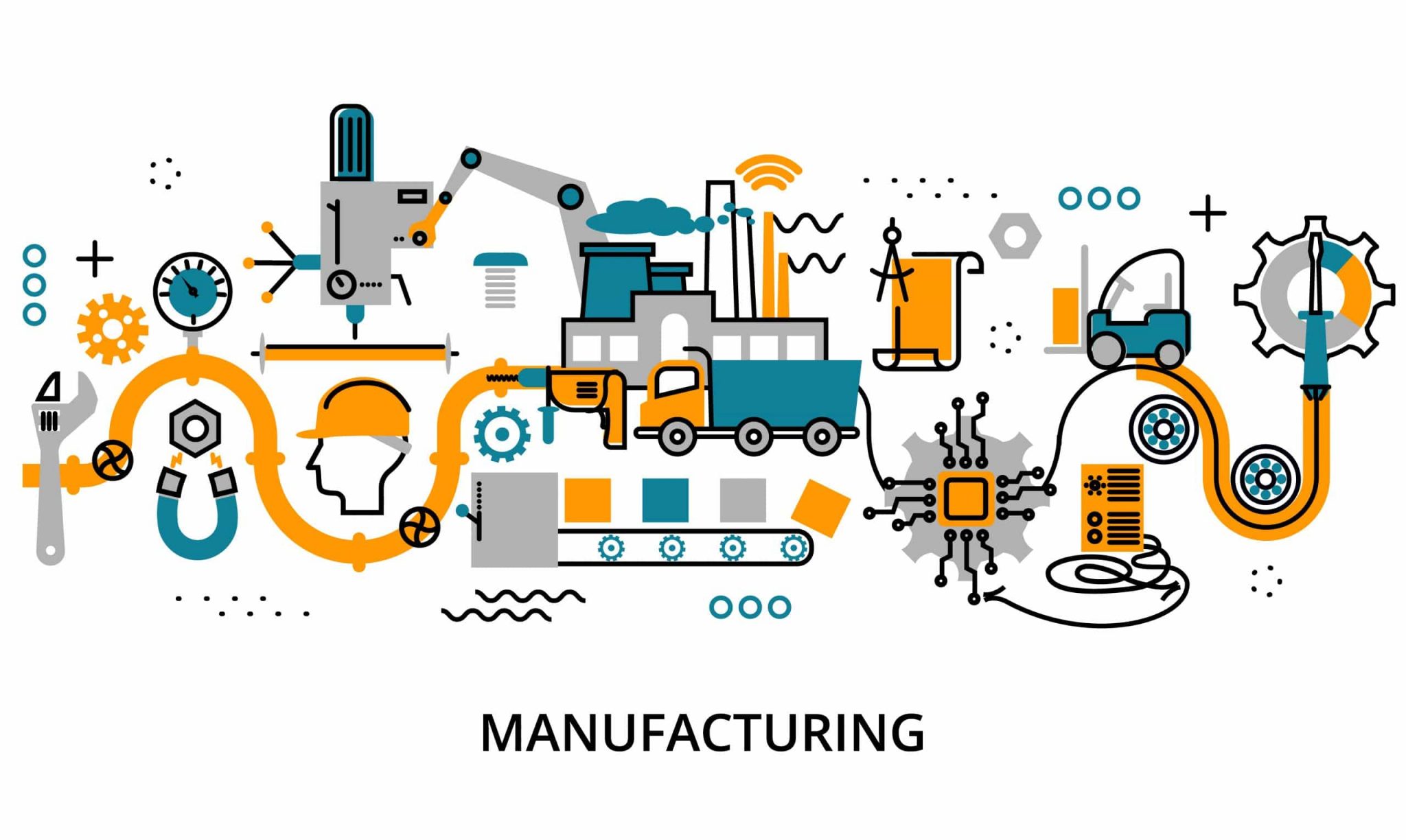Embracing Transformation: Moving Production Out of China

In the last few years, the worldwide manufacturing scene has experienced substantial changes, prompting businesses to rethink their production strategies. Departing from China, long considered the factory of the world, is gaining momentum for a variety of valid reasons. Due to increasing labor costs to vulnerabilities in supply chains, businesses are more frequently looking for different manufacturing sites that can offer enhanced flexibility and resilience.
As organizations strive to advance in product design and making, the need for being close to markets and reacting to consumer needs has never been as crucial. Investigating new areas for production not only reduces risks but also opens doors to collaboration with local talent and resources. Embracing change means seizing new opportunities, and for a lot of organizations, moving manufacturing out of China is turning out to be a key decision in adapting to the complexities of today’s global economy.
Global Changes in Manufacturing
The landscape of global manufacturing is experiencing major changes, driven by various economic, political, and social factors. Traditional manufacturing hubs such as the Asian giant have long dominated the industry due to their low labor costs and well-developed supply chains. However, recent international tensions, trade tariffs, and increasing labor costs in the region have prompted many companies to reconsider their manufacturing strategies. As a result, businesses are now exploring new regions that can offer competitive advantages while reducing risks.
Developing markets in Southeast Asia, India, and even parts of Africa are gaining momentum as viable options for relocating manufacturing operations. These regions provide not only affordable labor but also a expanding consumer base, which presents new opportunities for expansion. Additionally, advancements in technology and infrastructure in these countries enhance a more attractive manufacturing environment. Companies are increasingly looking at how product design and manufacturing can be optimized in these new locations, ensuring that they remain agile and competitive in a quickly evolving market.
Environmental responsibility is also becoming a key consideration in the shift away from China. Many manufacturers are now aiming to reduce their carbon footprint and enhance the environmental responsibility of their supply chains. By moving operations to countries that prioritize sustainable practices, businesses can bolster their brand reputation while attracting to environmentally conscious consumers. Embracing change in manufacturing not only allows companies to manage the complexities of global trade but also helps align their operations with modern values and expectations.
Issues and Possibilities
Transitioning manufacturing away from China introduces a variety of obstacles that companies must navigate. One primary concern is the possible disruption to existing supply chains. Many businesses have for a long time relied on the effectiveness and framework that China provides, and relocating production can lead to short-term delays and elevated costs. Additionally, companies may experience difficulties in finding suppliers and manufacturers in new locations that match the quality and scale they are accustomed to.
Notwithstanding these barriers, there are substantial opportunities that come with moving manufacturing to new territories. For case in point, manufacturers can investigate countries with developing economies that offer lower labor costs and beneficial trading conditions. This transition not only provides a opportunity to cut expenses but also allows businesses to expand their supply chains, minimizing dependence on a single country like China. Moreover, investing in new markets can enhance a company's global image and develop relationships with local businesses and governments.
Furthermore, the move presents an opportunity for innovation in product design and manufacturing processes. By adopting new technologies and methodologies, companies can enhance productivity and responsiveness to consumer needs. For illustration, proximity to target markets allows for quicker adjustments to design and production based on customer responses. This adaptability can drive strategic gains and create products that connect more directly with evolving market preferences.
Strategies for Smooth Transition
To successfully move manufacturing out of China, companies must begin with detailed research and planning. Identifying move manufacturing out of china that can offer equivalent benefits in terms of cost, quality, and supply chain efficiency is essential. Countries such as Mexico are emerging as attractive alternatives, but it's essential to evaluate each region's logistics, support systems, labor laws, and potential for future growth. Engaging local partners who understand the regulatory landscape and cultural dynamics can ease a less complicated transition and help address potential challenges.

Another key strategy involves broadening the supply chain. By not relying solely on a specific country for manufacturing, companies can reduce risks associated with geopolitical tensions, tariffs, and disruptions. This strategy allows for greater adaptability in responding to market demands and shifts in consumer preferences. In addition, investing in technology and automation can enhance production capabilities and reduce dependency on low-cost labor, ultimately leading to improved efficiency and competitiveness.
Finally, fostering strong communication and collaboration among all stakeholders is vital during the transition process. This includes keeping employees updated, engaging with suppliers, and working together with logistics partners. By creating a transparent environment that encourages feedback and creativity, companies can better manage the complexities of moving manufacturing out of China. Emphasizing training and skill development for local teams will also ensure that product design and manufacturing processes are aligned with the company’s quality benchmarks and vision.
